Talk Overview
Hernández-Cuevas relates the story of developing RedCiencia, the largest online collaborative network for Spanish-speaking scientists. From humble beginnings as the brainchild of Chilean students at the University of Cambridge, RedCiencia has grown to have users, collaborators and meetings around the globe.
Speaker Bio
Cristian Hernandez-Cuevas
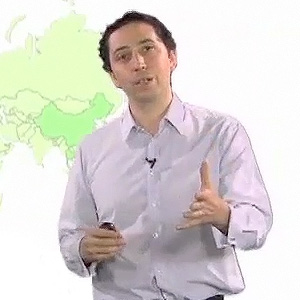
Hernández-Cuevas continues to connect Spanish-speaking scientists around the world with his current networking venture, RedBionova. Hernández-Cuevas recently became the CEO of Andes Biotechnologies, based in Santiago, Chile, after spending a number of years as Director of Business Development for Fundación Ciencia para la Vida. Continue Reading
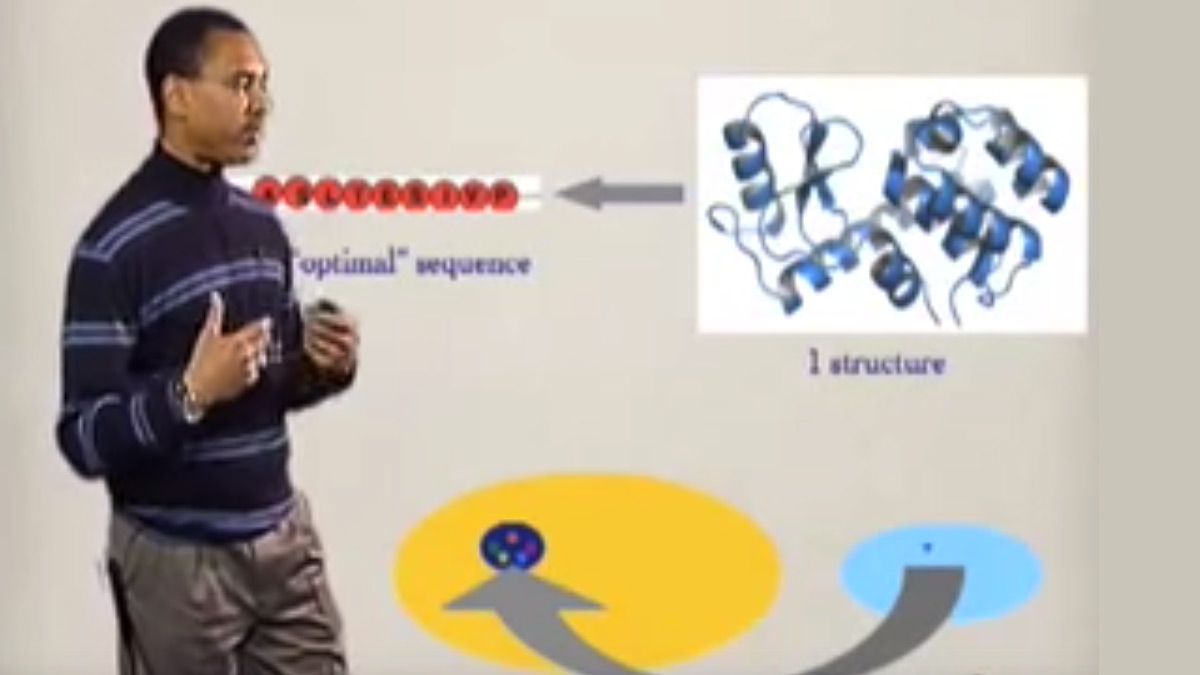
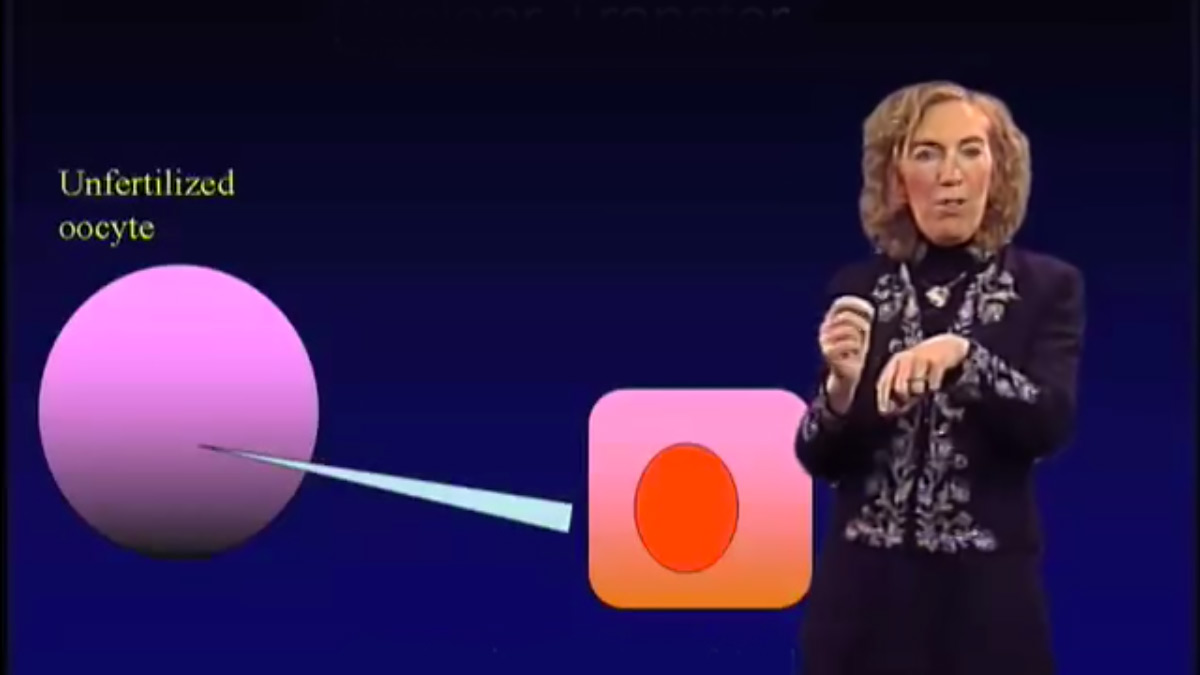
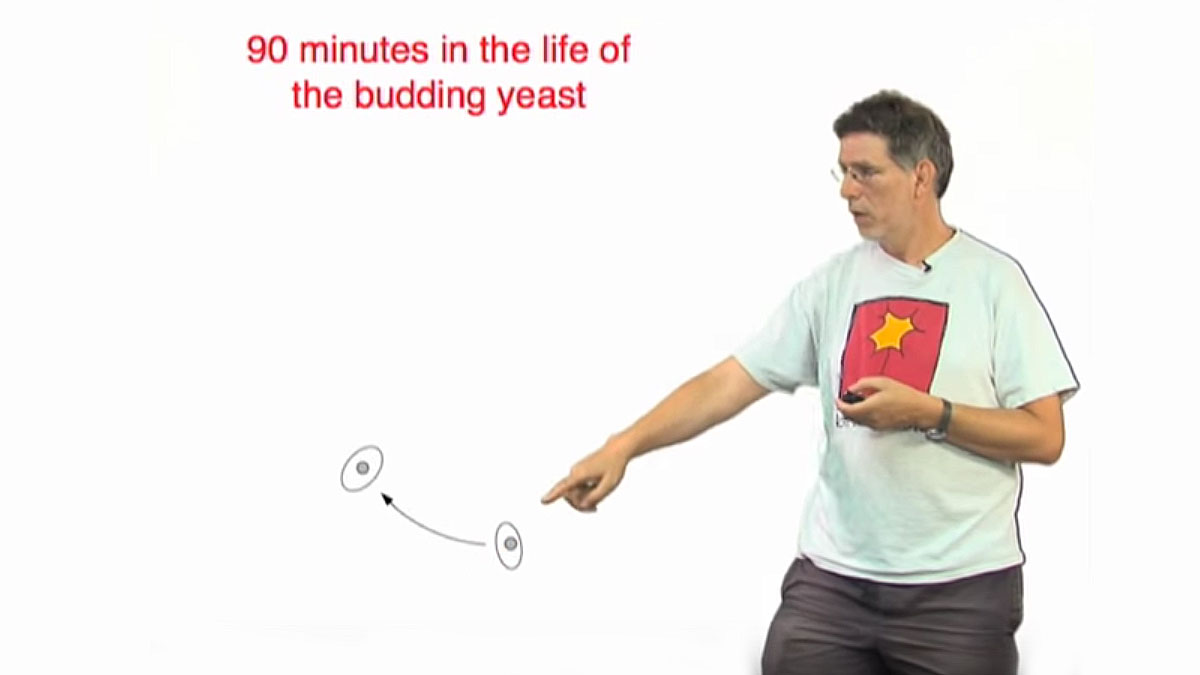
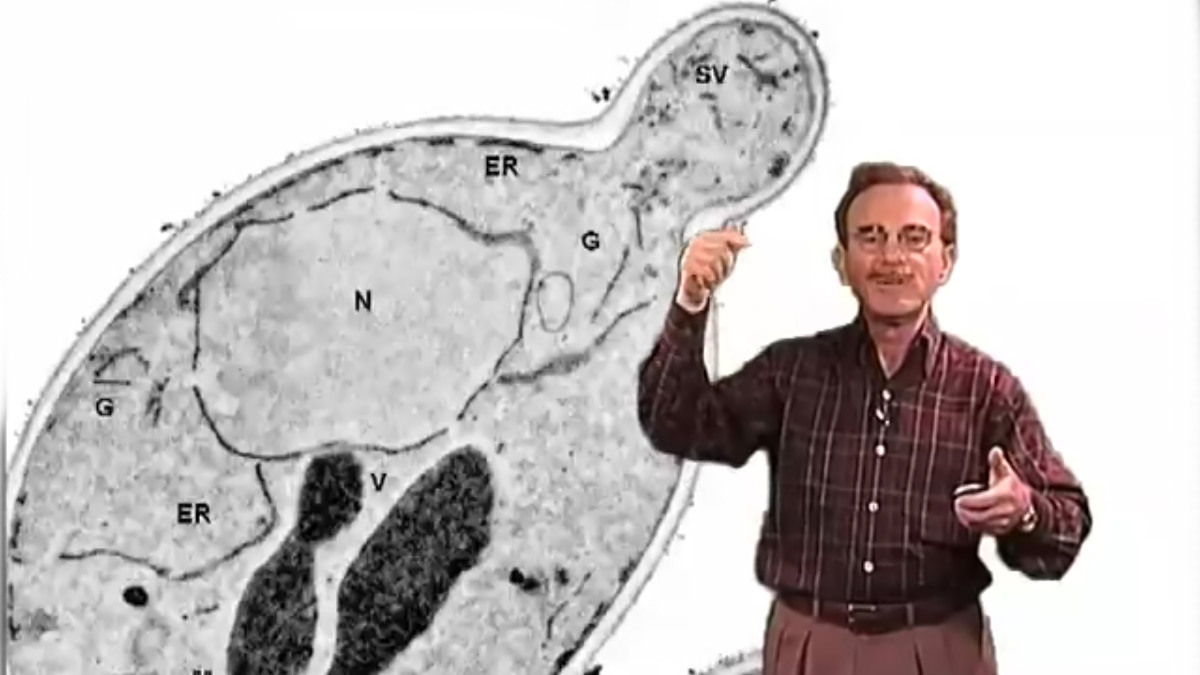




Leave a Reply